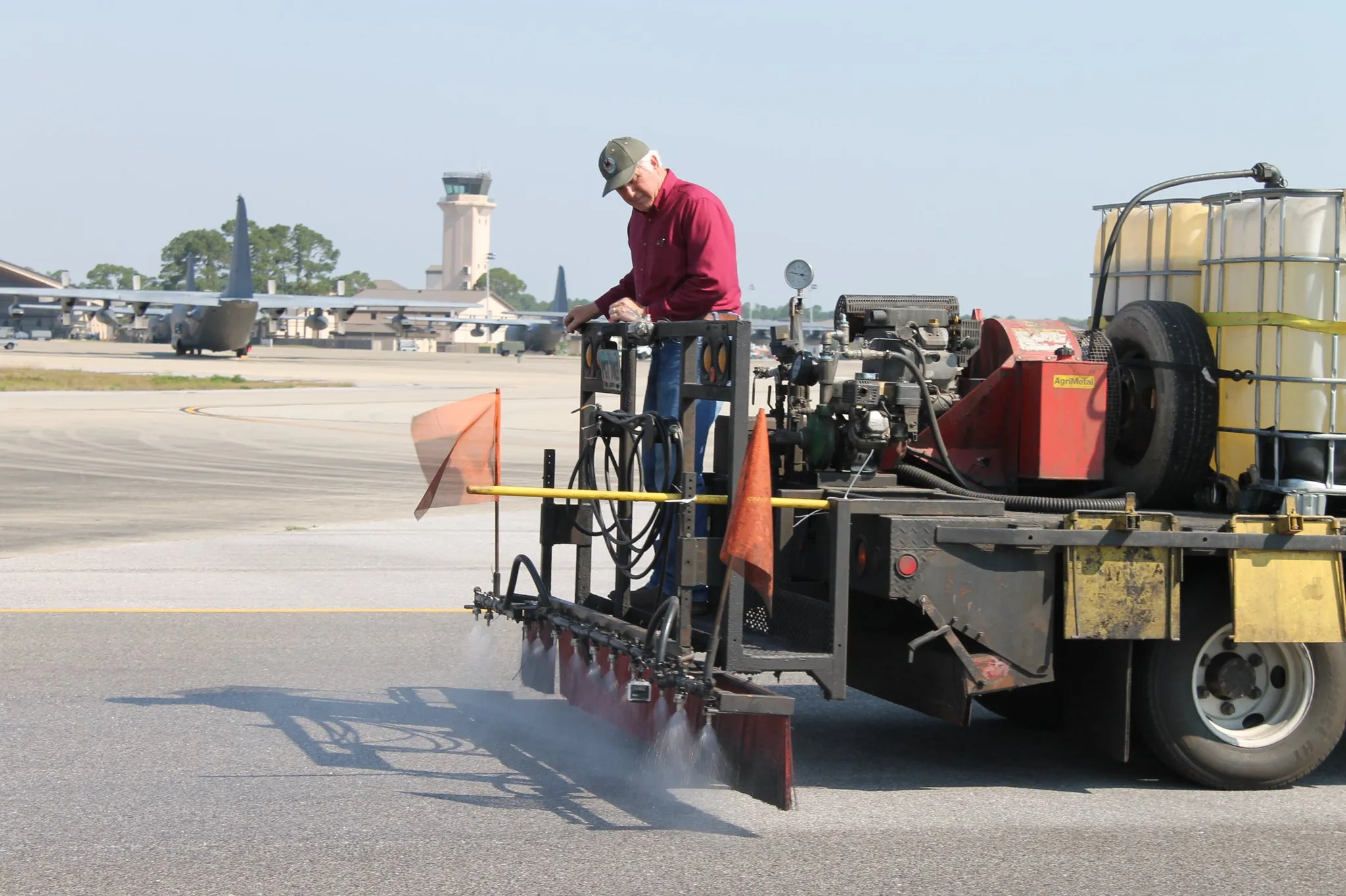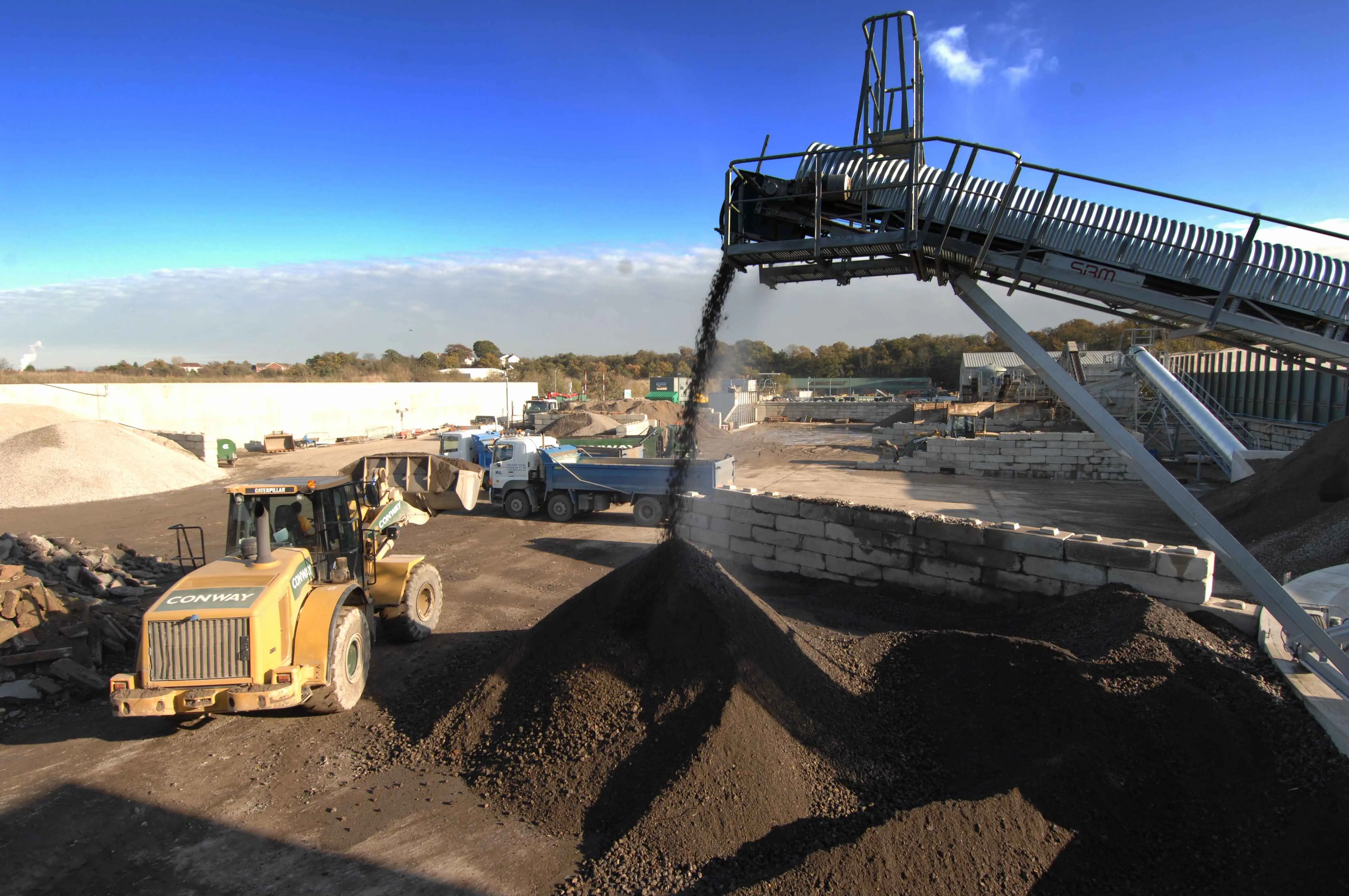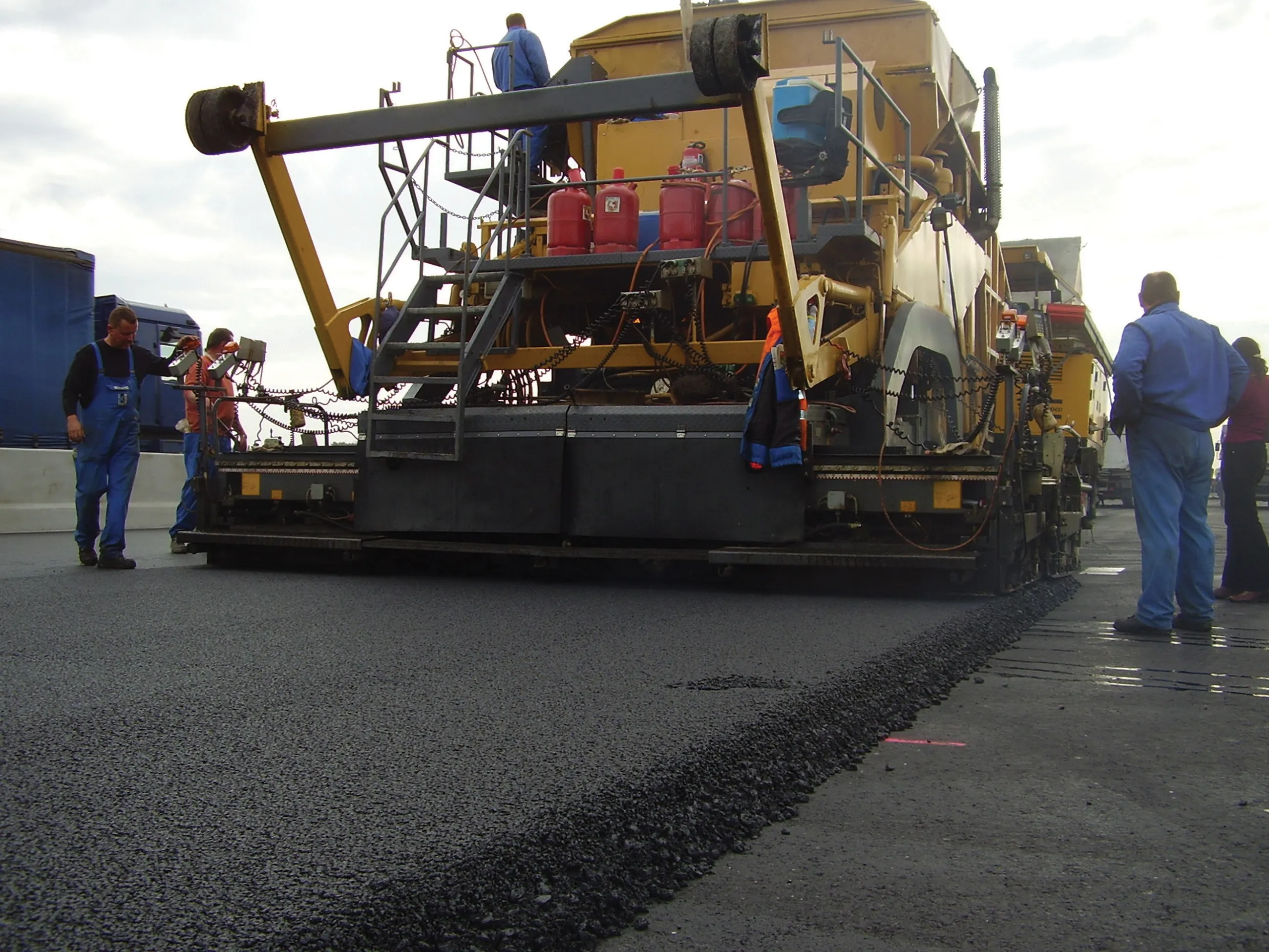
The two bitumen technologies featured this month come from almost opposing sources. One emerges from the human-created plastic waste plaguing our planet, the other from a plant. However, both technologies have been created with the same aims: to increase the life of roads, saving cost and ultimately reducing the impact of road building on the planet.
A collaboration between two Italian companies has created a way of taking hard-to-recycle plastic and turning it into a super-modifier for bitumen. Bitumen additive specialist
“We have developed a modifier that is added in a dry process, which can increase the performance of asphalt by between 70 and 110%,” said Iterchimica director Alessandro Giannattisio. “We have been working on this for three years and got approval for our patent at the end of October.”
Graphene is something of a wonder material. It was discovered relatively recently – around a decade ago - and is the world’s strongest-known material with a conductivity that is better than copper, made from a layer of carbon that is one-atom thick.
Graphene’s potential applications range from supercapacitors to sports equipment to unbreakable screens for smartphones. Directa Plus, which creates a range of graphene-based products under its Graphen Plus (G+) brand, describes the material as “a nanomaterial that, when processed and blended with other materials, significantly enhances their performance.”
Working with the Bocconi University of Milan, Iterchimica and Directa Plus have developed a way of combining waste plastics with a small amount of graphene to create an additive that is added to hot mix with the aggregate. “The process uses difficult-to-recycle plastic which would normally have to be burnt or put into a landfill,” said Alessandro Giannattissio.
Iterchimica says that Eco Pave asphalt has better elasticity and strength than a standard hot mix, particularly under high loads. Graphene’s thermal conductivity improves the performances of the asphalt mixes, making it less likely to soften in warmer weather and also less likely to crack and harden in lower-temperature climates.
Eco Pave’s properties will also make it a good material for repairing potholes and other maintenance tasks, says Iterchimica. And the company also claims that the material will be 100% recyclable.
To date Iterchimica has carried out extensive laboratory testing and has constructed several trial sections of road using Eco Pave. Now
“In Italy there is a great interest in ‘green technology’ that allows us to use recycled materials,” he said. “This does that and gives greatly improved performance too.”
Biorestor
In 2004 paving company owner Mike Freisthler patented a new preservation material called Biorestor. The product is based on soybeans, a commonly-grown crop in Friesthler’s home state of Ohio and in many other areas in the Midwest and
Friesthler sold his paving business in 2009 to concentrate on pavement preservation. Biorestor has been used in six US states. According to the manufacturer 3 million m2/year are applied in total in the US to roads and airfields; Tennessee’s DOT treated 965km of road with Biorestor in 2017 with 805km already planned for 2018.
Now road authorities in other countries are interested in trialling the product. According to Simon Everett, who is working to promote Biorestor outside the US, trials are underway or under consideration in New Zealand, Australia, Singapore, UAE, Qatar and China.
“The technology is transferrable”, says Everett. “It can be produced anywhere that soya is grown. You can also use sunflower or rapeseed, it’s about using vegetable products.”
Though the concept of pavement preservation – maintaining and treating road surfaces so that they last longer - is well-established in many US states, it is not always understood elsewhere. Everett says that he has spent the last year trying to get the message across in New Zealand where he is based.
“It has been quite a process, encouraging people to see beyond the norm,” he says. “In my view, most people view asphalt as a perishable product. Why can’t it be considered like weatherboards on a house, constantly maintained? Why can’t the same principle apply with asphalt?”
Asphalt starts to deteriorate, largely through oxidisation, from the moment it is laid, says Everett. “The principle around preservation is about ensuring that the bitumen is in balance with respect to its chemical composition. Through sunlight the maltene components in asphalt deteriorate or fall out of balance and the asphalt product ages. What Biorestor or any other preservation product does is manage the bitumen to be maintained in its optimum form.”
Over 95% of Biorestor is made from components derived from vegetable products, namely citrus-based materials and soybean oil with a small amount of styrene-butadeine copolymer. When applied to a road surface it penetrates between 10 and 20mm into the asphalt, according to the manufacturer, boosting its maltene content.
Biorestor claims to increase road lives by between three and five years by making the pavement more flexible and reducing permeability, ravelling and cracking. It can also be used on older pavements as a rejuvenator, says the company, to replace maltenes lost through UV and moisture damage.
Biorestor has also developed a product for treating the longitudinal joints in pavements, where failures often first occur. According to the manufacturer Biorestor Construction Joint Stabiliser reduces the moisture capillary action at joints, where the asphalt tends to be less dense.
Ideally, a road owner would apply a pavement preservation treatment immediately after the surface has been laid and then perhaps five years later. Some authorities choose to treat their roads around three years after they have been laid and then at intervals thereafter. Markets that already appreciate the benefits of pavement preservation regimes have been the most receptive to the idea of Biorestor, says Everett:
In Singapore, the life expectancy of a main road is only six years, says Everett, as intense sunlight and heat cause rapid ageing of pavements. In Qatar, recently-laid surfaces may not make it until the 2022 World Cup without treatment.
“Qatar, in particular, is very focussed on recycling because they are faced with having to import everything. If Biorestor can extend the life of the roads, that’s very positive,” he says. “The fact that it is sustainable is the icing on the cake for Singapore.”








